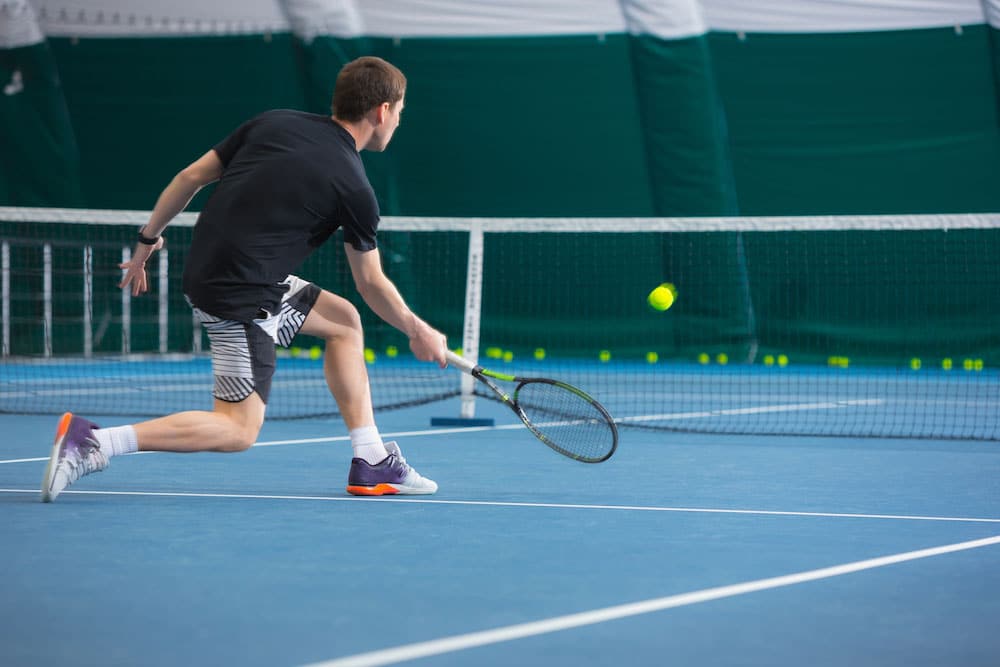If you enjoy sports or stay active, you’ve likely heard about ACL injuries. When a favorite athlete tears their ACL, it often means months away from the game. But ACL tears aren’t limited to professionals—anyone involved in running, jumping, or side-to-side movement is at risk. These injuries come with sudden, noticeable symptoms that should never be ignored. So, what exactly is the ACL, and why are these injuries so challenging to treat? Here’s what you need to know.
What Is the ACL and Why Is It Important?
The anterior cruciate ligament (ACL) is one of the most commonly injured ligaments in the knee. It runs diagonally through the center of the joint, stabilizing it during movement. Because of its critical role in controlling motion, it is especially vulnerable to injury. Around 200,000 people in the U.S. injure their ACL each year, and roughly half require surgery.
1. ACL Injuries Are Common in Active People
Active people and athletes of all levels experience ACL injuries, not only professionals. Sports that involve running, jumping, or rapid changes in direction carry a higher risk of a knee ligament tear.
2. Other Knee Structures Are Often Affected
About 50% of ACL tears also damage other parts of the knee—most often the meniscus or surrounding ligaments. Combined injuries can complicate treatment and extend ACL injury recovery time.
3. Female Athletes Have a Higher Risk
Women are statistically more likely to experience ACL injuries. Possible reasons include differences in knee anatomy, such as a narrower intercondylar notch, and biomechanical factors like wider hips paired with less glute, hip, and thigh muscle strength. These factors put extra strain on the knee during twisting, jumping, and sudden directional changes.
4. Many ACL Tears Happen Without Contact
An ACL tear doesn’t always result from a collision. Quick pivots, awkward landings, or uncontrolled side steps often cause the ligament to rupture—no impact needed.
5. Instability Is a Key Symptom of ACL Injury
Symptoms can include a popping sound, swelling, pain, and reduced range of motion. However, the most telling sign is knee instability—feeling like your knee might give out when bearing weight. If this happens, seek professional evaluation immediately.
6. Not All ACL Injuries Require Surgery
Partial tears may be treated with physical therapy alone, but the knee may remain vulnerable to re-injury. A second injury can be more severe, potentially ending participation in certain sports. Surgery is often recommended for athletes or those wanting to return to high-impact activities.
7. ACL Reconstruction Uses Tendon Grafts
Today, most ACL surgeries use tendon grafts from the patellar, quadriceps, or hamstring tendons to reconstruct the ligament. This approach offers better long-term results than stitching the ligament. With structured ACL surgery rehab, many patients return to full activity within 8–12 months.
When to Seek Treatment for ACL Injuries
If you suspect an ACL injury, don’t wait. Early diagnosis and proper treatment are critical for protecting your long-term mobility. Call us at (434) 244-8412 to schedule your evaluation today.
Sources Cited
https://orthoinfo.aaos.org/en/diseases–conditions/anterior-cruciate-ligament-acl-injuries
https://www.mayoclinic.org/diseases-conditions/acl-injury/symptoms-causes/syc-20350738
https://my.clevelandclinic.org/health/diseases/16566-acl-injury
Dr. David Nielsen, D.O. is a board-certified orthopedic surgeon with over 20 years of experience in hand, upper extremity, and shoulder surgery. He trained at Kirksville College of Osteopathic Medicine and the University of South Florida. He brings over two decades of surgical experience and a deep commitment to patient-centered care as the founder of Charlottesville Orthopaedic Center.
Patient Resources
Explore our Patient Resource center for helpful information about our expert team, comprehensive services, informative blog, and how to easily connect with us.
Complimentary Movement Screening
Charlottesville Orthopaedic Center offers complimentary movement screenings to assess your movement, identify imbalances, and help prevent injuries. Whether you’re active, recovering, or want to move better, our expert phsycial therapists provide personalized recommendations for your long-term mobility and wellness.
Learn More








